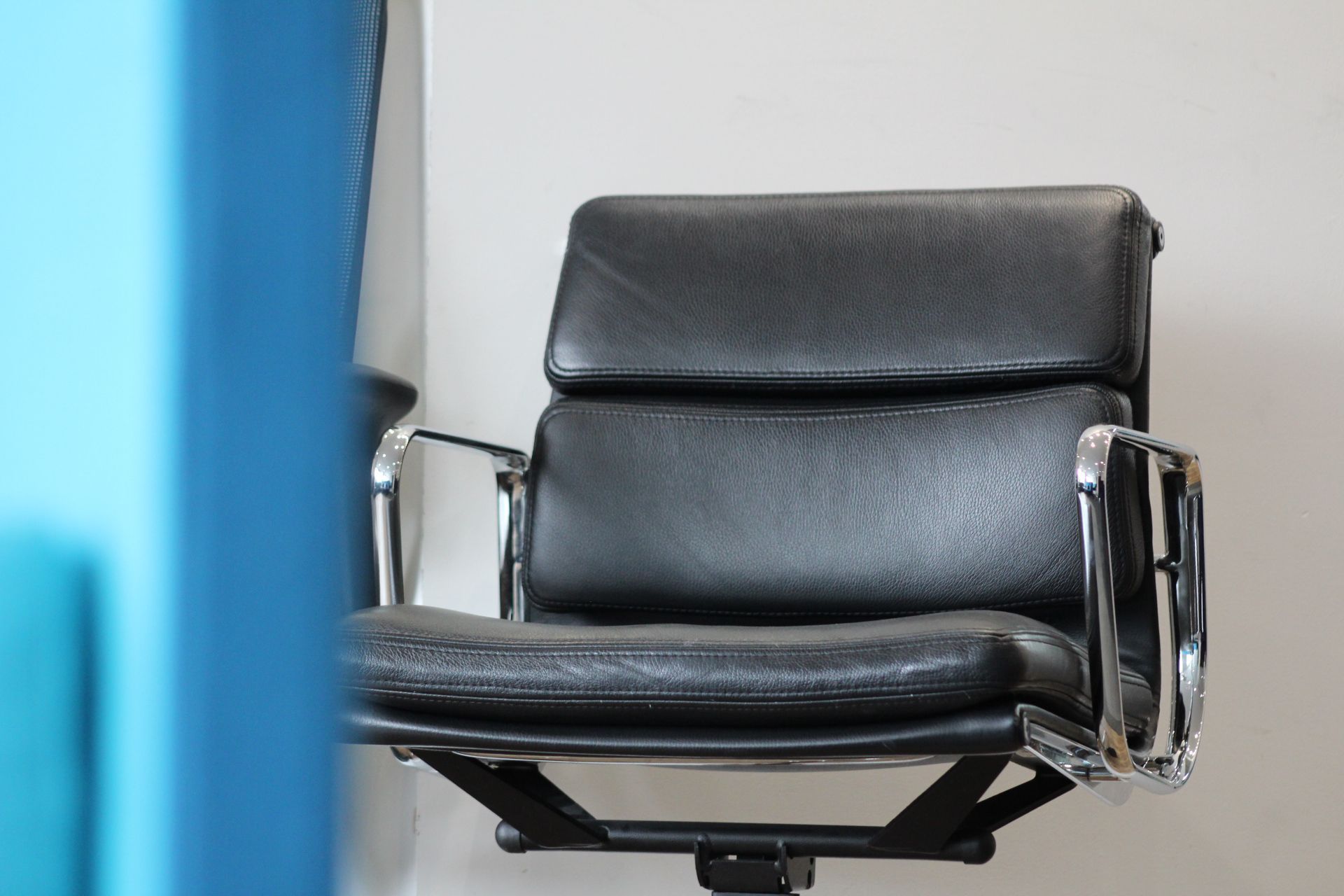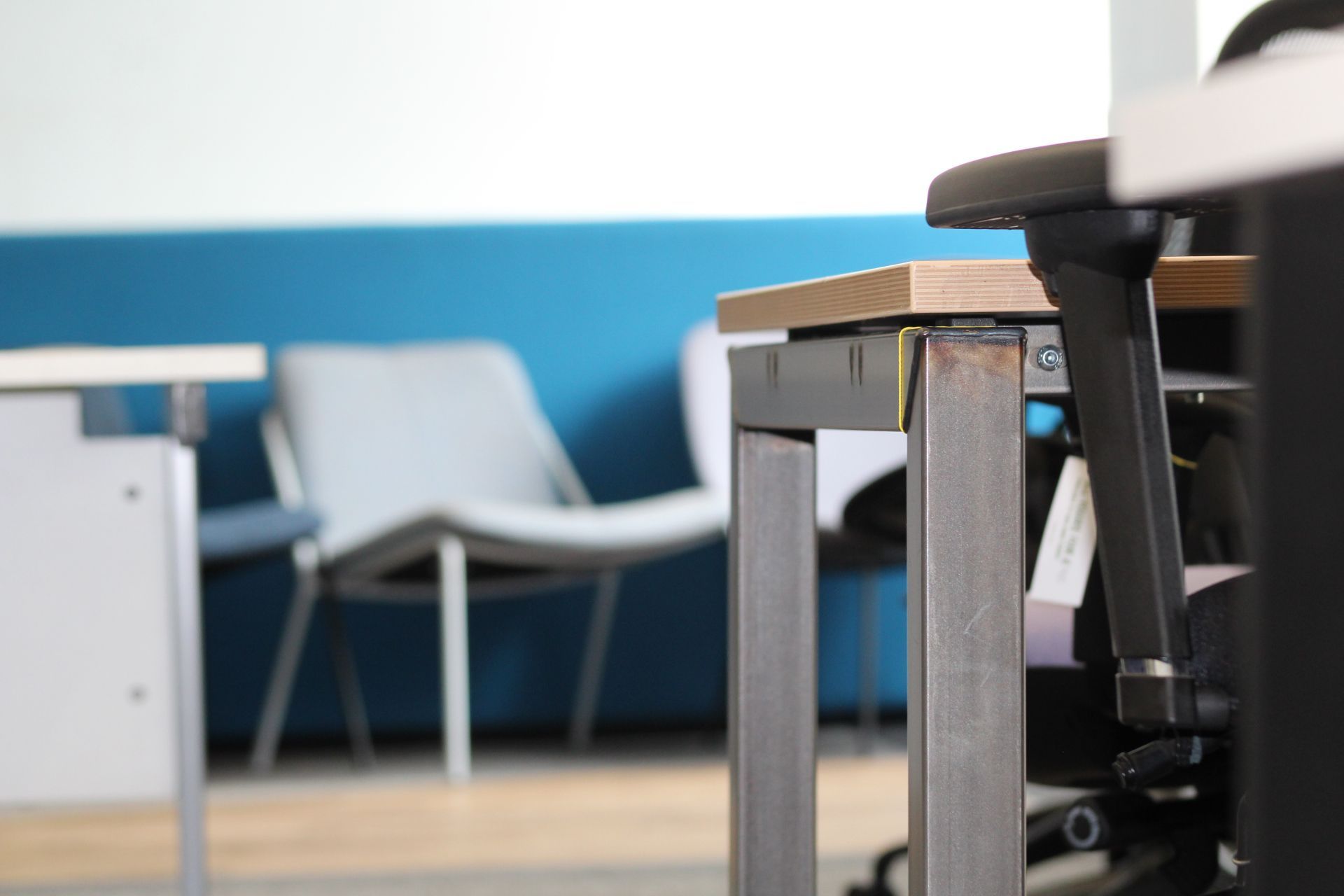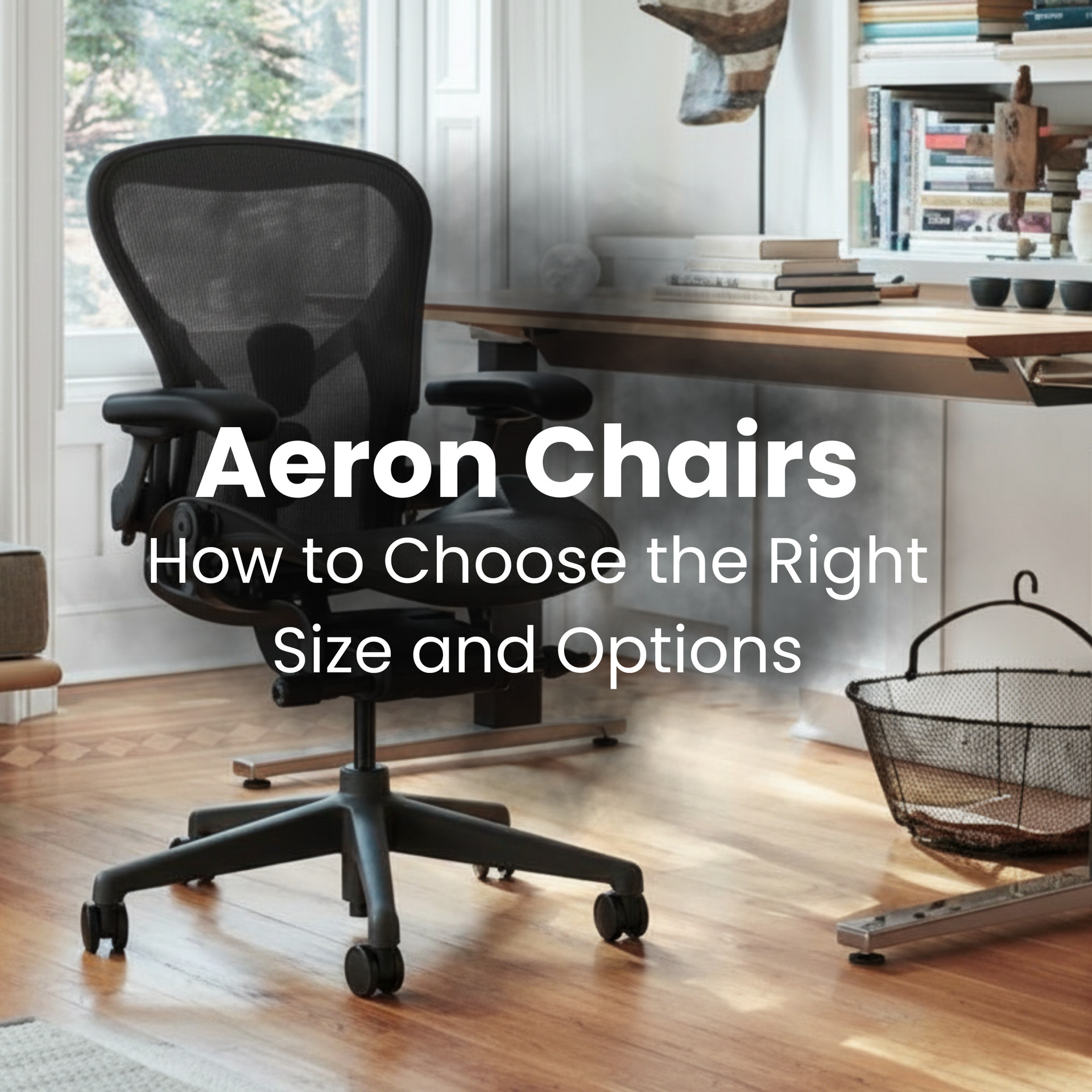The Office Furniture Strategy That's Hiding in Plain Sight
Why Treating Furniture as Disposable Is Costing You More Than Money
Walk into any office during a refurbishment and you'll see it: perfectly functional furniture heading for skips whilst new equivalents get ordered. We've normalised a throwaway culture that makes no business sense.
Here's the thing—your office furniture strategy is actually a resource management strategy. And most businesses are getting it completely wrong.
The 10-Year Desk That Could Last 30
Quality office furniture is engineered to last decades. That Herman Miller chair? Built for 30+ years of daily use. Solid wood desks? Practically indestructible with basic maintenance. Even well-made MDF furniture can serve for 15-20 years.
Yet average office furniture replacement cycles run 5-7 years. Not because furniture fails—because offices move, rebrand, or someone decides it looks dated.
We're throwing away assets with 70% of their useful life remaining.
The Hidden Value in "Old" Office Furniture
That dated reception desk isn't broken—it just needs refinishing. The conference table that doesn't match your new brand colours? It's still a conference table. Those filing cabinets from 2010? They still file things.
The furniture reuse market is booming because smart businesses realised:
- Refurbishment costs 20-40% of replacement
- Quality vintage office furniture often exceeds modern standards
- "Dated" to you might be "perfect" for someone else
- Storage costs less than disposal plus replacement
Why Circular Makes Commercial Sense
The traditional model: Buy → Use (5 years) → Skip → Landfill fees → Buy again
The circular model: Buy quality → Use → Refurbish → Use → Redeploy internally → Sell/donate → Someone else uses
The second model extracts maximum value from every purchase. It's not environmental ideology—it's basic asset management.
The Material Hierarchy of Sense
When you must dispose of furniture, the value recovery hierarchy is straightforward:
Metal furniture (filing cabinets, desk frames):
- Scrap value often covers removal costs
- Infinitely recyclable without quality loss
- Local scrap dealers will collect
Wooden furniture:
- Refurbishment market is strong
- Solid wood retains value for decades
- Worst case: biomass fuel value
Upholstered items:
- Reupholstery extends life by decades
- Foam and fabric recycling infrastructure growing
- Frame often outlasts covering by years
Plastic furniture:
- Limited reuse market
- Recycling depends on plastic type
- Often the truly disposable option
The Procurement Shift That Changes Everything
Instead of asking "What's cheapest?" ask:
- What's the total life cost including disposal?
- Can we lease furniture and return it?
- Is there a take-back scheme?
- What's the refurbishment potential?
- Could we buy refurbished instead?
Quality furniture that costs twice as much but lasts three times longer isn't expensive—it's a bargain.
Your Practical Action Plan
This month:
- Audit furniture due for replacement—does it really need replacing?
- Get refurbishment quotes alongside replacement quotes
- Find local furniture reuse charities—tax benefits plus free removal
This quarter:
- Build furniture lifecycle into office move planning
- Create internal furniture redeployment system
- Partner with furniture refurbishment specialists
This year:
- Shift procurement to quality + longevity over low initial cost
- Track furniture age and plan maintenance, not just replacement
- Calculate true total cost of ownership including disposal
The Business Case Nobody's Making
Every piece of furniture that gets reused or refurbished:
- Reduces procurement costs
- Eliminates disposal fees
- Maintains proven functionality
- Avoids delivery disruption
- Prevents waste compliance headaches
This isn't about sustainability targets. It's about extracting maximum value from assets you've already paid for.
The Bottom Line
We've been conditioned to see office furniture as disposable. But it's not packaging—it's infrastructure. And successful businesses don't throw away functioning infrastructure.
Your office furniture strategy shouldn't be about staying trendy. It should be about managing valuable assets sensibly.
Next time someone suggests replacing functional furniture, ask: "What's actually wrong with what we have?"
The answer might save you more than money.
Want to discuss furniture lifecycle strategies? Share your biggest office furniture challenge in the comments.




